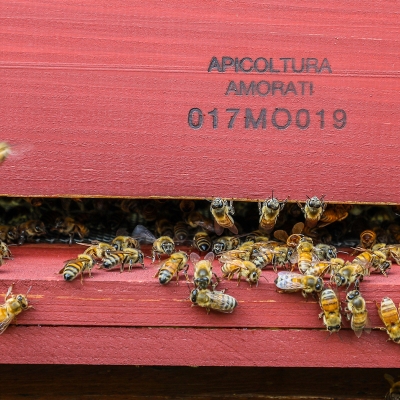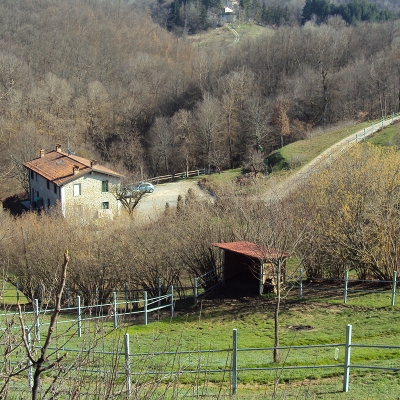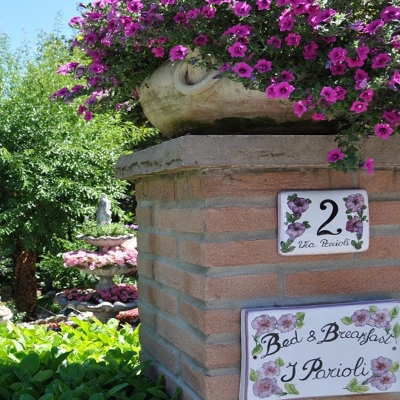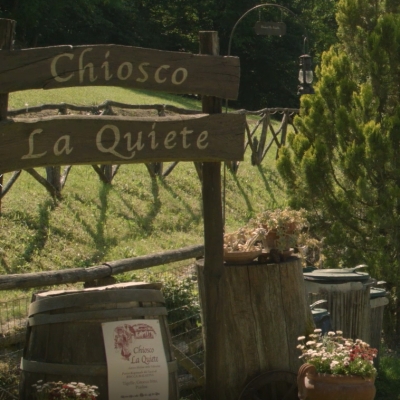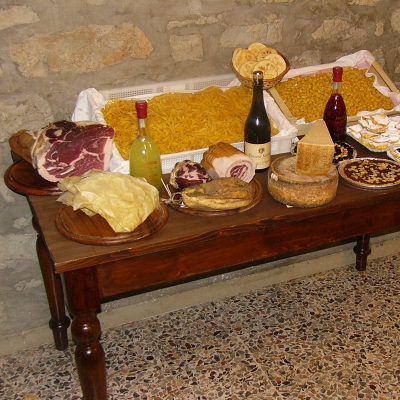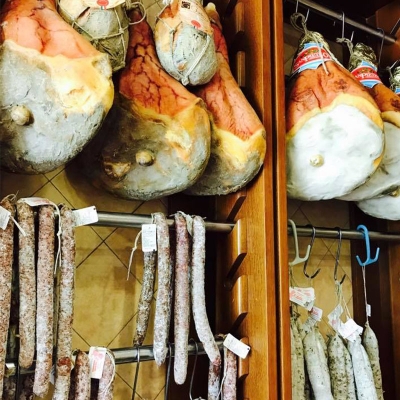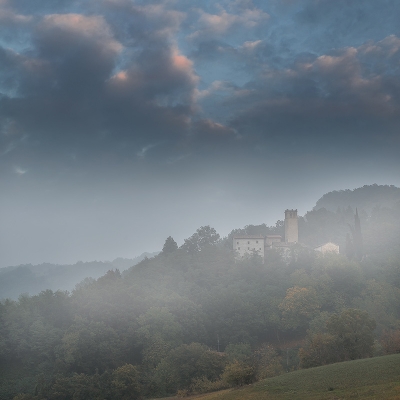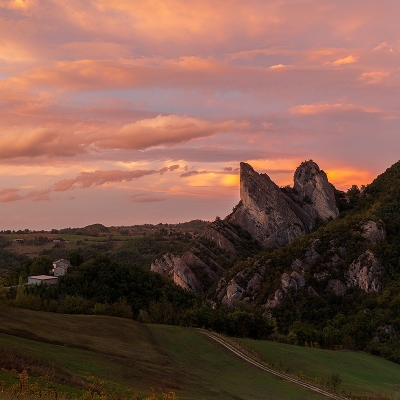Castellino delle Formiche and Mulino delle Vallecchie
Un antico Borgo arroccato e un Mulino con le macine originali
In the locality of Castellino di Guiglia, we find Castellino delle Formiche (in English, “Castle of the Ants”). In all likelihood, the name originates from an incorrect translation or misunderstanding of the medieval, “Castrum Formigis” which derives from the Latin formido, formidabilis, which means “Castle that instils fear”.
The houses sit perched on the rocks and surround the medieval tower of the ancient castle. The tower remains intact to this day. Outside the village, forests and fields sweep down to the valley floor of the Panaro river. In the piazza, there are many buildings worth visiting, such as the tower of the ancient castle (built on a rocky spur) and the 15th Century church dedicated to S. Stefano and S. Lorenzo.
In medieval times, the fortress was the seat of a branch of the Malatigni family whose origins can be traced to the fortresses located near the Sassi di Roccamalatina, namesake of the same family. In the 1300s, it then passed to the Montecuccoli family who owned and kept it preserved until 1623, the year in which it came under the control of the town of Guiglia. In 1630, the town of Guiglia itself was ceded to the Montecuccoli during the time of the feuds.
Only the tower of the castle remains to this day, now serving as a bell tower. The current church of San Stefano was built inside the castle beside the Oratorio di San Lorenzo, attested in records up until the 13th century. The rectory portal is of notable interest and dates back to the 15th century. It was built of strong ashlar sandstone with pointed arches.
Inside, there is a well-preserved, carved sandstone baptismal font from 1662. The 17th Century paintings and the Via Crucis terracotta tiles are also of particular interest.
Not far from Castellino delle Formiche, to the north, you will find Mulino delle Vallecchie which was operational from the 1500s. It can be reached by foot, by taking the path of Parco dei Sassi No. 3. The mill used water from Rio delle Vallecchie, a tributary of the Panaro river. The millstones are still intact today.

